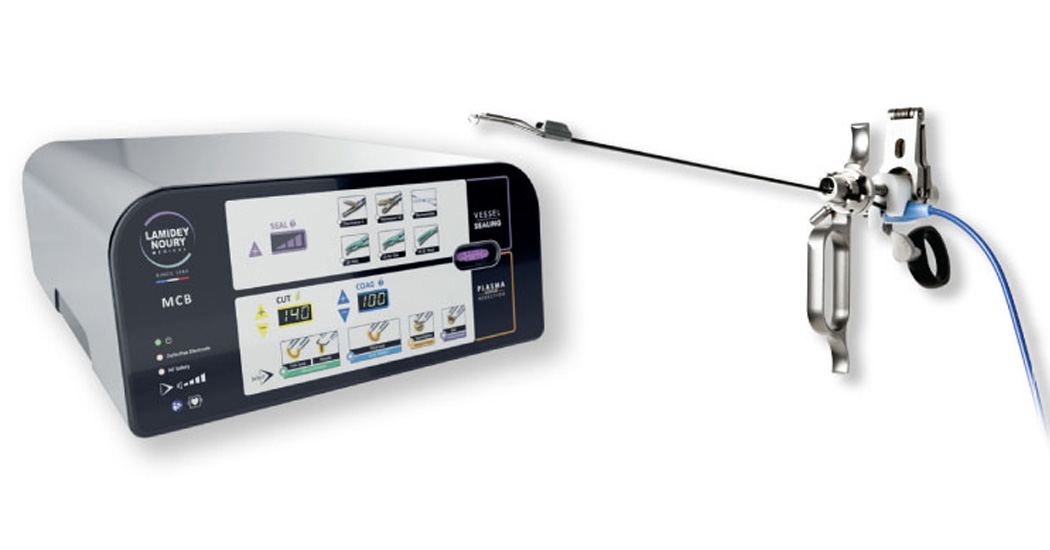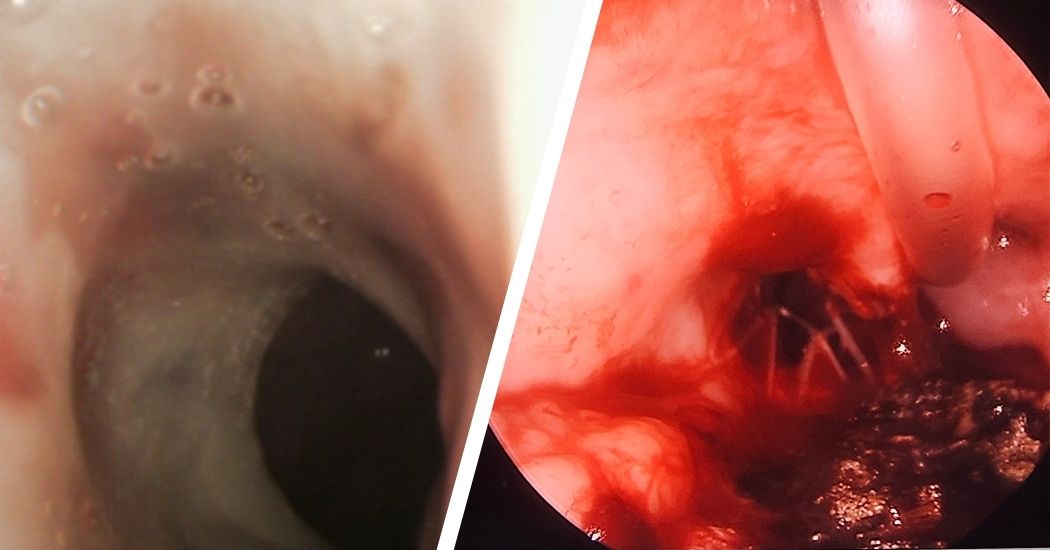
Webinar:Η Μοριακή Εξατομίκευση στη λήψη θεραπευτικών αποφάσεων στον καρκίνο του θυρεοειδούς αδένα
October 12, 2020
ΔΔ Μεταπτυχιακό Πρόγραμμα Σπουδών Παθήσεις Ρινός, Βάσης Κρανίου & Προσωπικής Χώρας
May 6, 2021SuperGliss® non-stick zhora bipolar forceps – fi ne-tip bipolar forceps for removal of a large brainstem cavernoma

Introduction: Cavernomas are nonmalignant, low-pressure blood vessel malformations that can be found along the entire central nervous system. Cavernomas of the brainstem account for only 8-22 % of all intracranial cavernomas. Their growth is slow and occurs by hemorrhagic events. They have an annual risk of hemorrhage of 4-6 % per person-years and a 30-60 % re-hemorrhage rate per person-years. Hemorrhage from a brainstem cavernoma often causes severe neurological defi cits, depending on the localization of the lesion, but can also be fatal in up to 20 % of cases. The neurological symptoms vary signifi cantly, but include hemiparesis, internuclear ophthalmoplegia, diplopia, facial paresis, dysphagia, dysarthria, numbness of the face, trunk or extremities, and gait ataxia. Clinical symptoms usually appear in a subacute manner over hours or days and most cases are treated temporarily with corticosteroids to reduce perilesional swelling and secondary problems.
Διαβάστε περισσότερα εδώ



